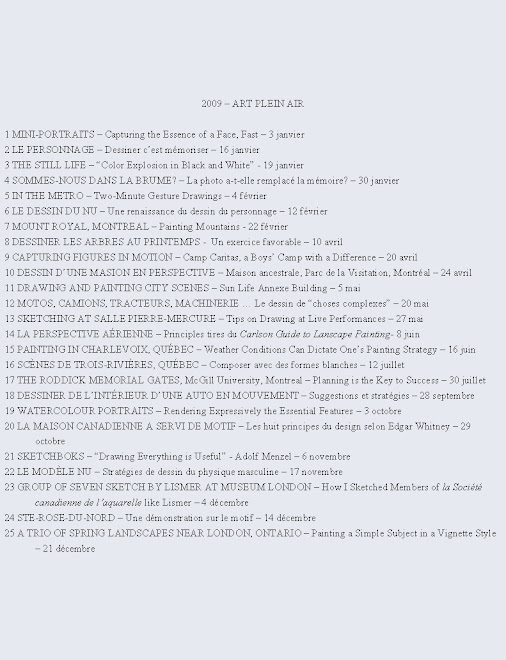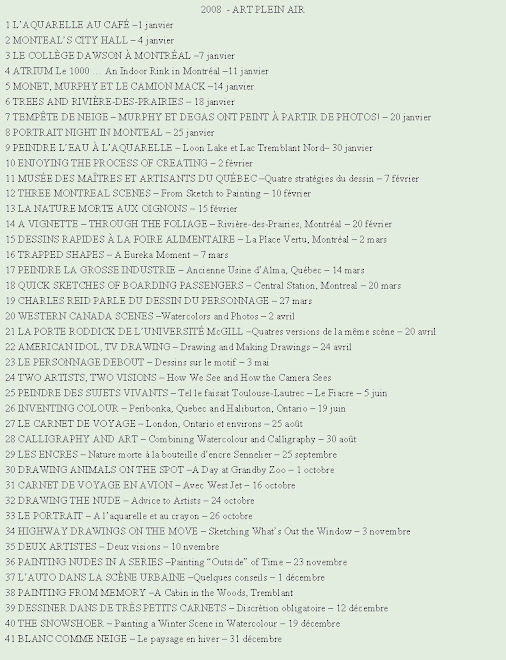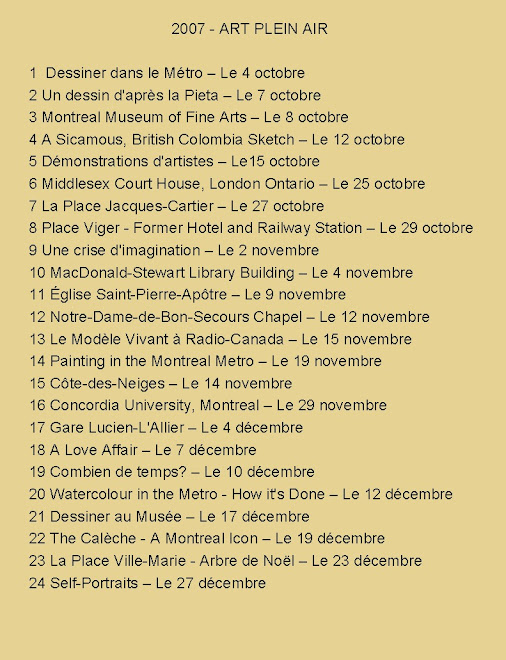

This fall when I sketched the south façade of this Richardsonian Romanesque structure I was unaware that great and far-reaching discoveries were made inside this intriguing edifice.
This McGill University building was formerly known as the Macdonald Physics Building. It was constructed in 1893 by Sir Andrew Taylor, who designed several of the University's projects of the 1890's, and his partners at that time Morley Hogle and Huntley Davis. It was a gift of Sir William
Macdonald who was also the donor of the Old Student Union (now the McCord Museum which will be the subject of a future text). As with many of his other projects, Taylor took into account the function of the building before its ornament, though the latter was not ignored. Knowing the nature of Physics experiments and the current needs of the field, he built the entire edifice using only wood, masonry, and copper, bronze and brass for the nails and fixtures. No iron or steel was used throughout, even in the radiators, to keep magnetic interference at a minimum. The interior is of heavy brick and is constructed in large arches, many of which have since been filled in.
What attracted me to paint this building was especially the portico. This one-time entrance has two columns stating "Power" and "Knowledge", two necessities of accomplishing any work within the walls. The entrance hall fireplace has a mantelpiece declaring "Prove All Things".
Experiments conducted in the Macdonald Physics Building by a young Physics professor, Ernest Rutherford, won him the Nobel Prize for profound discoveries derived from experiments concerning the nature of radioactivity and the atom. In 1982, Taylor's building no longer met the needs of the modern Physics department. It was at this point transformed into the Macdonald-Stewart Library Building of Physical Sciences and Engineering.
The watercolour sketch was done on a 9” x 12” sheet of CARTIERA MAGNANI paper. This 140 lb hot press paper has its advantages and inconveniences. If you like to draw up your subject using a felt tip pen you will love its surface as the pen glides over it more smoothly than most cold press papers. If, however, you are working with this paper outdoors on a windy day as I did, be forewarned that you risk getting backruns. If you look closely you will notice some in my work near the top left area and likewise near the right edges. Although it is possible to “correct” these “accidents” by rewetting and lifting I do not recommend it as scrubbing on this paper seems to leave smudges. Live with it or restart the work. Nevertheless, I enjoy the way this paper leaves crisp hard clean edges such as the ones on the center pillar and the white bulbs of the lamppost.
This leads me to make some remarks or suggestions regarding designing unpainted white shapes. Jeanne Dobbie, in her book MAKING COLOR SING has a must read chapter on this topic. She says: “Areas left untouched or thinly covered reflect or ‘glow’ more than heavily painted areas, which obstruct the passage of light. As a result, the eye of the viewer goes first to these ‘glowing’ light areas.” To help you understand what she means I have outlined in the accompanying diagram the three main white shapes I left unpainted or painted palely. The coloured shapes are ruled diagonally. She says that merely leaving white paper is not the answer. The white area is a shape, form or space. It must function as part of the painting.
In the Physics Building watercolour I was very conscious, although intuitively and through experience, to design the white shapes in order to lead the eye towards the area of impact, namely: the columns, the lamppost and the student.
A note on colour design: Have you noticed that other than the white of the paper and the neutral gray I have strategically simplified my colour scheme? Three colours are placed strategically in order to lead the eye around the image. For me, careful design planning is more important than whether I create watercolor backruns.
Raynald Murphy sca
Raynald Murphy sca









salut ray, tout à fait vrai...le jeux de lumière fait l'atmosphère à lui seul . Le choix de la palette incite au repos comme ces vieilles pierres qui indiquent la patine du temps... bye den
RépondreSupprimerI love the spontaneity of this, the play of light and your use of colour!!! Beautiful!
RépondreSupprimer